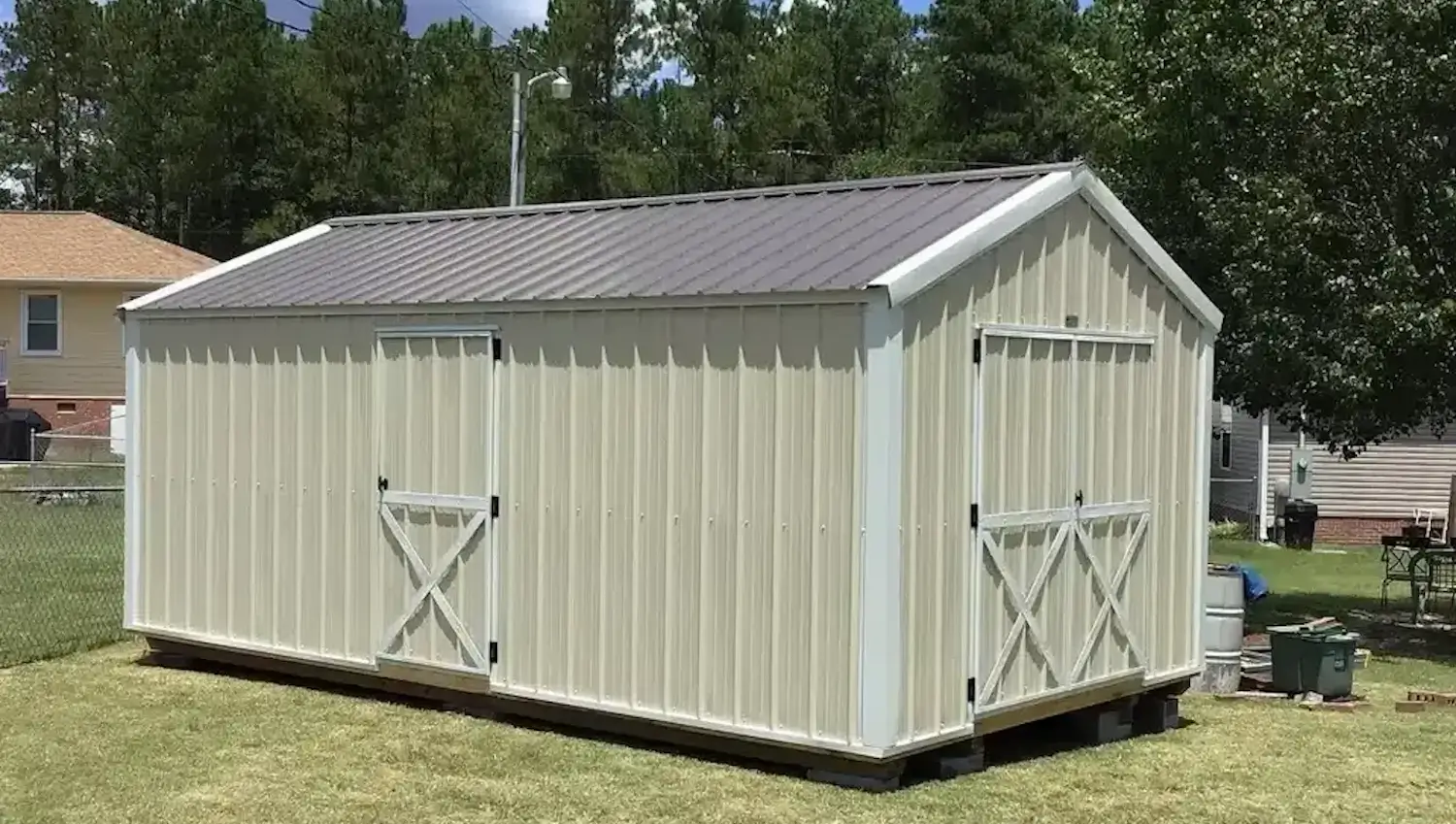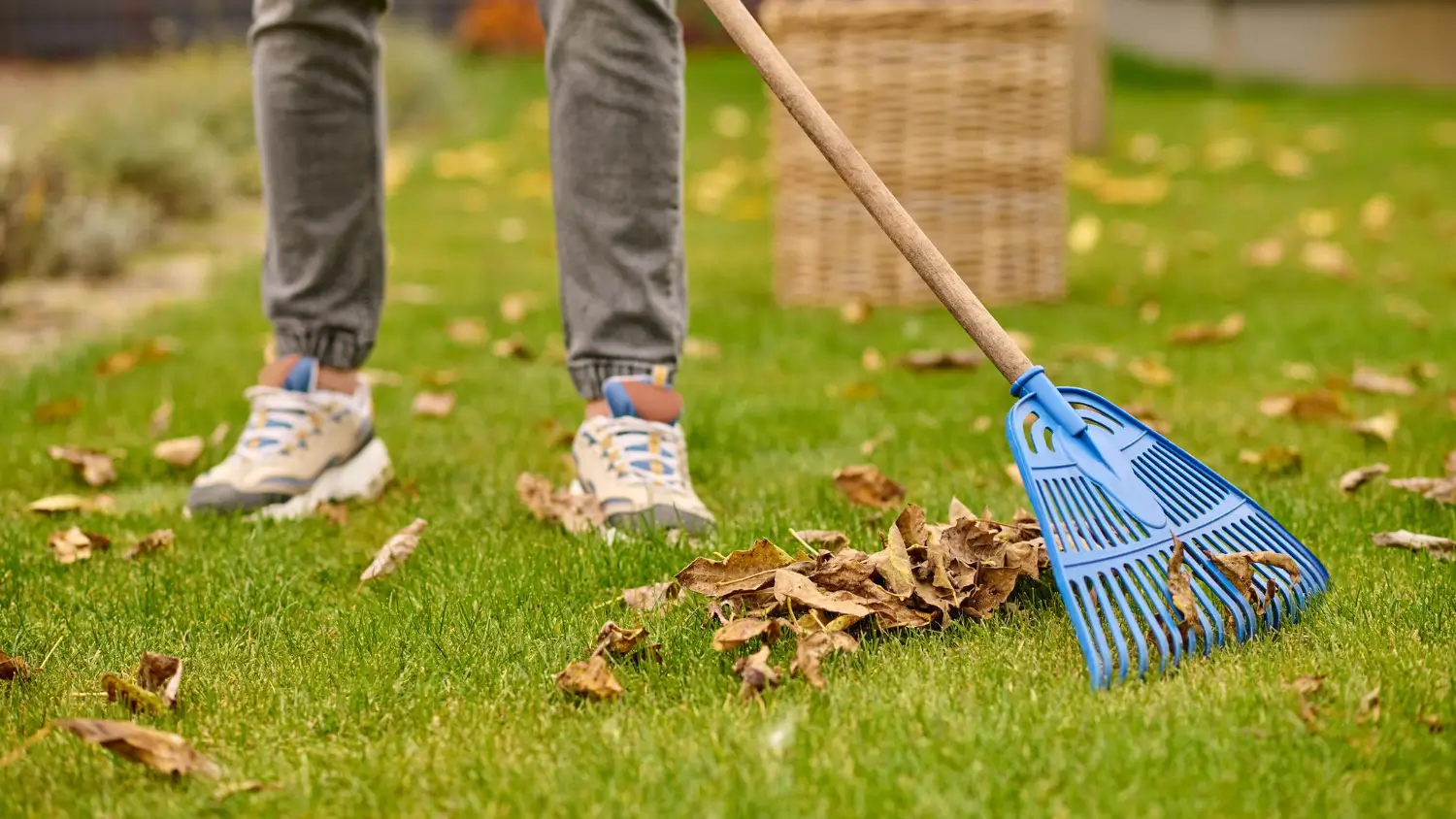
August 24, 2025

Those who enjoy gardening know well how difficult it can be to keep one neat and tidy. They spend hours outside in the yard but still notice areas where the soil is uneven, mulch has been spread in the wrong places, or leaves and sticks are left behind. So, the bow rake is something a lot of gardeners depend on.
It has a heavy head with short, stiff teeth (called tines), which are great for heavy-duty work. It can level soil, spread mulch and remove debris such as sticks and rocks. A leaf rake, which is designed for lighter-weight tasks, is different from the bow rake, which is built for heavy-duty jobs in the garden.
Growcycle has a full product directory that carries everything about gardening tools. It makes it easier for gardeners to go out and buy the necessary equipment for such tasks as leveling soil, spreading mulch, and clearing debris.
A bow rake is a heavy-duty garden tool designed for tougher jobs, such as leveling out soil, spreading mulch, and moving debris. It has a metal head with short, stiff teeth (called tines) and a bow-shaped support attached to a long handle. This design allows the rake to stay solid during use.
Bow rakes are not new, they have been on the market for many years. Farmers and gardeners alike have used similar implements for generations to help prepare soil for planting and to maintain gardens. Through the years the design matured, but the overall form and function remained unchanged.
There are many different kinds of rakes, each with its own job. For example:
A bow rake has a U-shape metal frame called the bow, providing it with more strength. The tines on the short and stiff rigid rake frame are great for building up and spreading soil, mulch or rocks. The handle is typically long and straight, allowing the user good reach and control.
Bow rakes are made of materials selected for durability and ease of use:
A bow rake is useful for many critical tasks in the garden:
There are lots of advantages to using a bow rake in the garden. This is a really great tool that allows gardeners to get their work done more quickly with better results. The following are some of the main advantages behind why having a bow rake is a good idea:
A bow rake is built for heavy duty. Its heavy-duty metal tines break into hard earth, move great quantities of mulch and extract debris. Since it’s so durable, the tasks are less labor-intense for gardeners, making tasks like leveling soil and clearing garden beds much faster and easier.
It all starts with healthy soil for a healthy garden. They assist in leveling ground so that water and nutrients can be spread evenly. It also delivers mulch appropriately, which keeps moisture in the soil and protects it against weeds. By cleaning the sticks, rocks and old plant material out of the area, it also prepares and cleans the garden for planting.
The Bow rake is just a multi functional tool. It can prepare garden beds, clean up following storms, disperse gravel, or assist in mixing compost into the soil. Whether the task is small or large, the bow rake is probably the tool to perform it.
Bow rakes, on the other hand, are made from durable materials like metal and hardwood. This means that proper maintenance allows them to last for multiple years. A bow rake can also stand up to tough work without bending or snapping like a lighter rake will.
Bow rakes are so durable that gardeners won’t have to replace them often. It also saves money overall. If properly taken care of, a good quality bow rake will last years.
When selecting a bow rake, considering its design, material, and comfort can help. A good bow rake must be durable, easy to handle, and be able to be used for a long time. Here’s what gardeners need to know before buying one:
Everything starts with good materials to make a quality rake. Most bow rakes have heads that are made from steel, making them perfect for heavy-duty tasks. They are constructed out of steel, enabling them to be more robust and to penetrate tough soil without any issues. Some rakes are made of composite materials (plastic combined with other materials) for lighter use, but these are less durable than steel.
For a bow rake that gardeners want to last longer and work in all weather, a unit with a solid, rust-resistant steel head is a must.
The shape of the bow rake is also important. The frame is U-shaped, giving the tool strength and balance. The tines (the teeth of the rake) should be rigid enough to break up hard soil but a bit flexible so that they won’t snap too easily. A well-balanced rake will be easier to handle.
It should also be the right length, not too short, or it may cause back pain. The long handle (about 60 inches) allows for good posture while gardening.
Comfort is key, especially when working out in the garden for long hours. The best bow rakes have no-slip grips, padded handles or tape for better retention. Certain models even have an adjustable handle for length.
The rake should also be weight-balanced on both its sides. A too-heavy rake strains the users, while a too-light one won’t do the job. The goal is finding a rake that feels sturdy but isn’t tiring to work with.
Whether leveling soil, spreading mulch, or cleaning up debris, a quality bow rake can make gardening tasks easier and more efficient. Here is a closer look at some of the top bow rakes:
This rake features 20 powerful steel tines that can pick up heavy, damp leaves and clear debris. Over the years, its reliability and effectiveness on tough soil has seen it become popular with landscapers and gardeners.
They can be used to level soil and spread material evenly without bending tines. This versatile rake has been a go-to tool for many for over 30 years.
The AMES True Temper Bow Rake has 16 steel tines and is good for loosening soil and spreading mulch. For homeowners, it’s worth its cost; it will take on all sorts of jobs, like clearing debris and preparing garden beds.
The rake’s good balance, solid construction and ability to perform daily tasks around the garden make it a capable tool.
This bow rake has 14 steel tines and a fiberglass handle, so it is strong but lightweight. The extended handle allows to use it for longer without tiring. It's great for working rough terrain and evenly spreading out materials. Gardeners love it because it is light, easy to use and extremely long-lasting.
THIS AMES Eagle Bow Rake has a 48-inch wooden handle and welded steel head for even more strength. It works great for loosening up packed soil and also for spreading mulch. Its tough design is ideal for bigger gardens.
The wooden handle is kind to the hands and helps gardeners keep better control when working.
This bow rake is durable and built with a wooden ash handle. For many tasks, such as leveling soil or clearing debris, it is dependable.
It’s a solid option for gardeners and landscapers alike who want a tool that’s going to last for years. Other models even provide a lengthy warranty for additional peace of mind.
A bow rake is a heavy-duty tool that helps to level soil, remove debris, and spread mulch in the garden much more effortlessly. To achieve the best results, proper use is very important.
One of the principal jobs a bow rake does well is leveling soil. Here’s how to properly use it for this task:
A bow rake is great for removing leaves, twigs and other garden debris. Here’s how to get the most out of it:
It protects the soil and keeps the garden healthy. Here’s how to use the bow rake to distribute mulch more evenly:
Gardens have to be prepared for planting in spring. Level the soil with a bow rake, remove winter debris and apply mulch to help retain moisture. It’s also a good time to remove dead plant material and to loosen compacted soil.
A layer of foliage can accumulate on the garden and lawn in the fall. Rake them into piles with a bow rake. In bigger gardening locations, the tines would allow different leaves to be removed from the ground to clean the foliage clutter in a shorter time. People can also use the rake to incorporate compost into the soil before winter.
A bow rake is essential for anyone who wants a tidy and healthy garden. It’s powerful and versatile, and it’s well-suited for tasks such as leveling soil, spreading mulch, and clearing debris. The rake’s U-shaped frame and stiff tines let it tackle tough jobs with ease. Allowing garden beds or getting rid of storm rubble, the bow rake is a dependable and durable tool.
Consider the material, design, and comfort when selecting a bow rake. Rakes are low-tech but essential, and a good-quality rake will make a more effective gardener. Growcycle has a range of high-quality bow rakes to choose from so customers can find the tool that's right for their needs. With occasional maintenance, gardeners can use a bow rake for years, allowing them to keep their gardens in shape year-round.
Disclaimer: This material is for informational purposes only and should not be relied on for legal, medical, financial, or any other form of professional advice.
For leveling dirt, the best tool is a bow rake. With its U-shaped frame and durable tines, it makes quick work of levelling out loose, crumbly soil and breaking up clumps. Such a rake is perfect for prepping garden beds or leveling lawns. Its design also makes it ideal for spreading mulch and compost evenly.
The most common and best type of rake for soil, particularly for leveling and breaking up dirt, is the bow rake. The strong and flexible tines can handle rough soil, easing the work of smoothing and preparing. A bow rake is multipurpose and can be used to loosen soil, spread mulch, and clear debris.
The design of a bow rake is the main difference between the bow rake and a level rake. A bow rake has a U-shaped frame and flexible tines that make it ideal for loosening soil and leveling fusspot ground. A level rake generally has flat tines, as its main purpose is to smooth or evenly distribute, whereas a garden rake is used to break up soil.